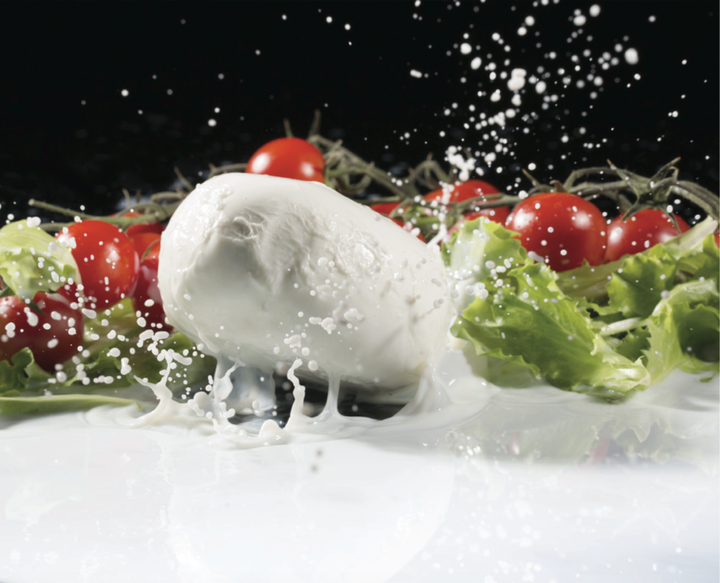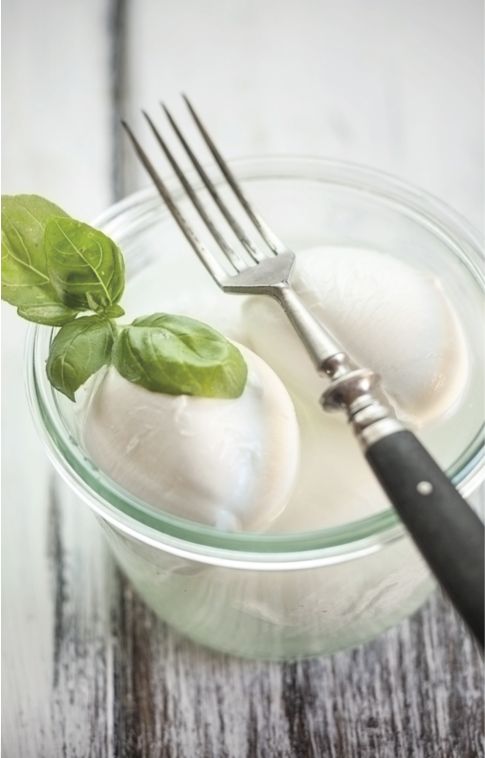
If we had to come up with a list of the consumer goods with the greatest symbolic significance in terms of “Italianness,” then mozzarella would be in the top five—along with pasta, at least one Ferrari model, a couple of haute couture brands and pizza (and Italians won the Oscar for the best original screenplay).
It’s a bit like the cliché of the Latin lover: say “Italy” and you’re bound to end up there sooner or later. The statistics fully confirm this parallel: 95% of Italians eat it at least once a month, in all its infinite varieties. Alone as a meal, melted in lasagna, added to a salad or cooked with tomato sauce on top of a Margherita or Napoli pizza. According to Coldiretti (the main trade association representing Italian farmers), over 361 million pounds of mozzarella are purchased annually.
No other cheese reaches such quantities. Also because mozzarella isn’t just a cheese: it’s a cultural thing, so that’s how it has to be considered. To start with, you need to be able to determine if what’s in front of you is a quality product. Appearance says a lot, especially if you consider three basic points.

Color
It shouldn’t be dazzling white (this could mean that it doesn’t contain only fresh milk) but
should border on opalescent, like a pearl or porcelain.
Texture
It should be compact and elastic (which doesn’t mean rubbery), and the surface should be smooth.
Porosity
This is important: when you press or cut the mozzarella, a few drops of white whey should come out.

Naturally, price is another parameter to consider. The traditional process to make mozzarella takes a long time, and this affects production costs. If the product is cheap, this almost unquestionably means it was made quickly, which affects quality. Luckily, the list of ingredients on the package comes to our aid, and it must always be checked carefully. Real mozzarella should contain just four ingredients: milk (mainly cow’s milk, though buffalo mozzarella has become very popular), enzymes, rennet and salt. That’s it.
If you find “acidity regulator: citric and/or lactic acid,” then pay attention. This means the producer used a shortcut. That is, they did not add enzymes to the milk, giving them time to act and then setting the curd aside to rest for an established number of hours. To shorten the process, they used an acidity regulator, which makes the “spinning” process much simpler and thus less expensive.
However, the cheese does not have the same consistency or even the same taste, which is why more salt has to be added in the final phases. Mozzarellas that are not made with milk run the same risk of over-salting to compensate for the lack of genuine flavor. These are made using a semi-processed ingredient, a curd that is often produced in low-cost countries and then frozen. But, here as well, the result is something else entirely.

